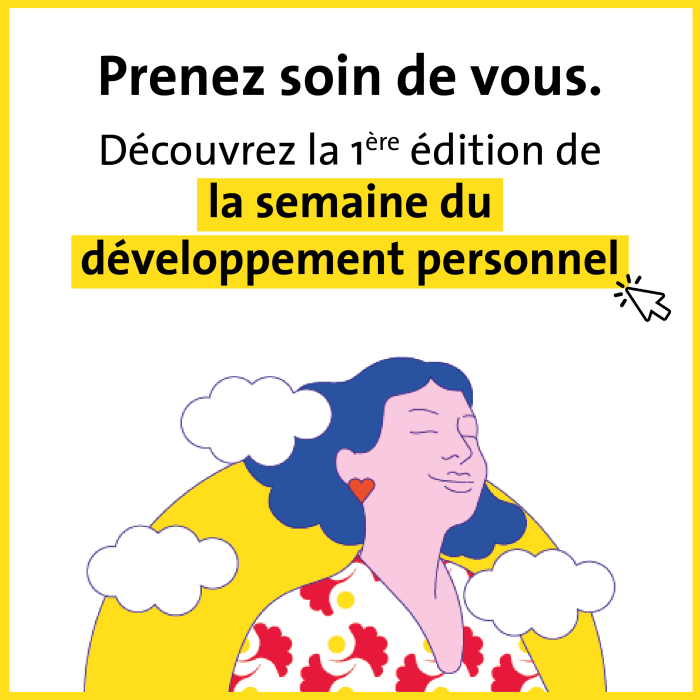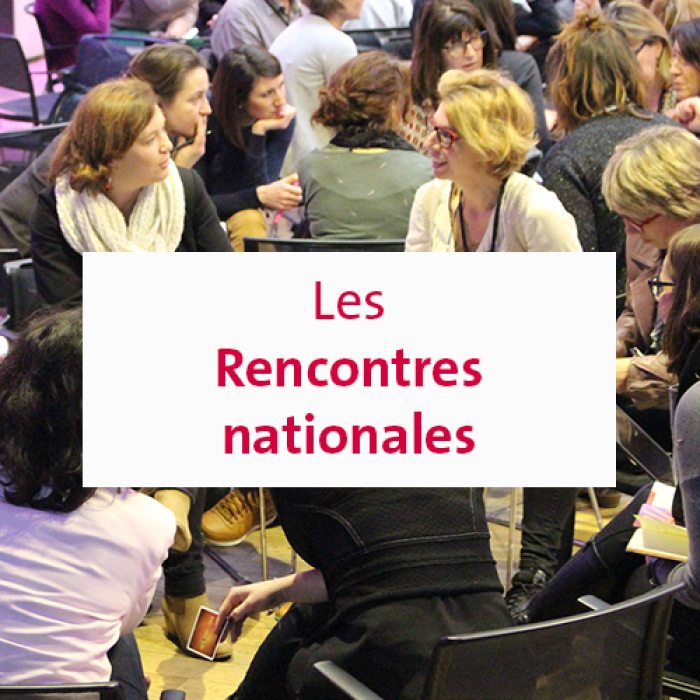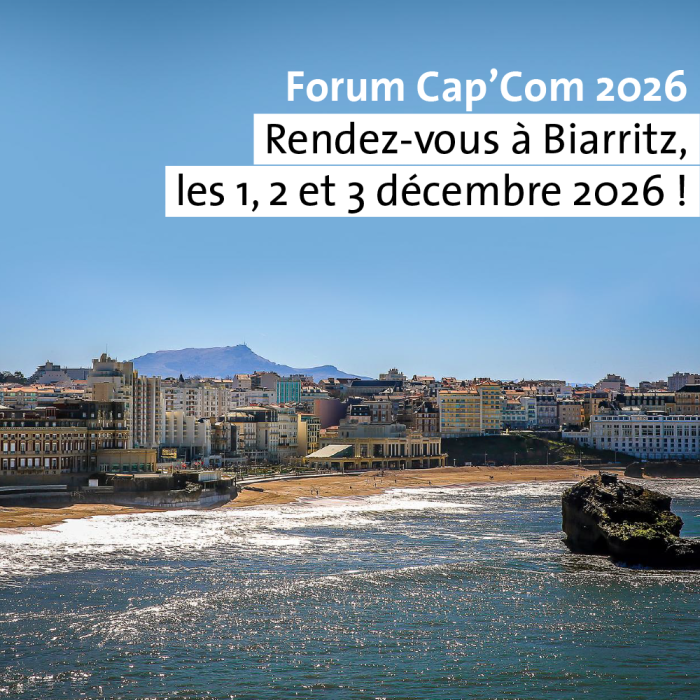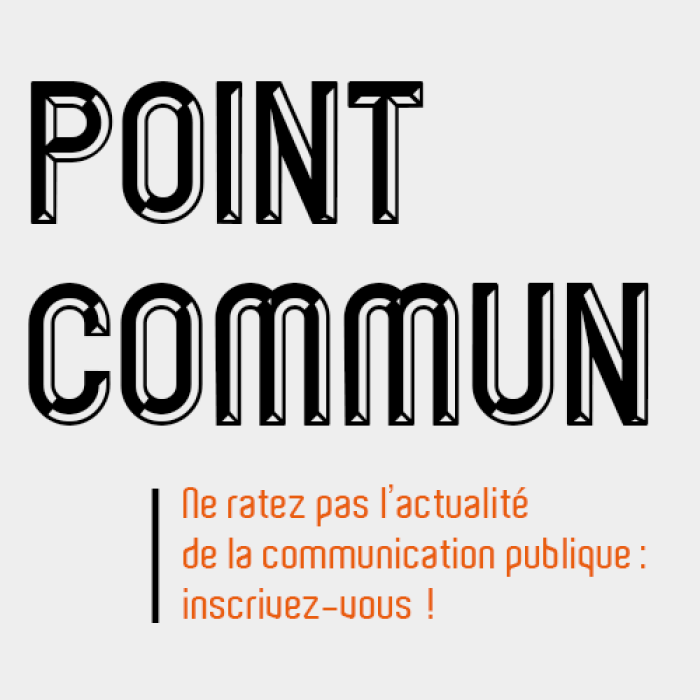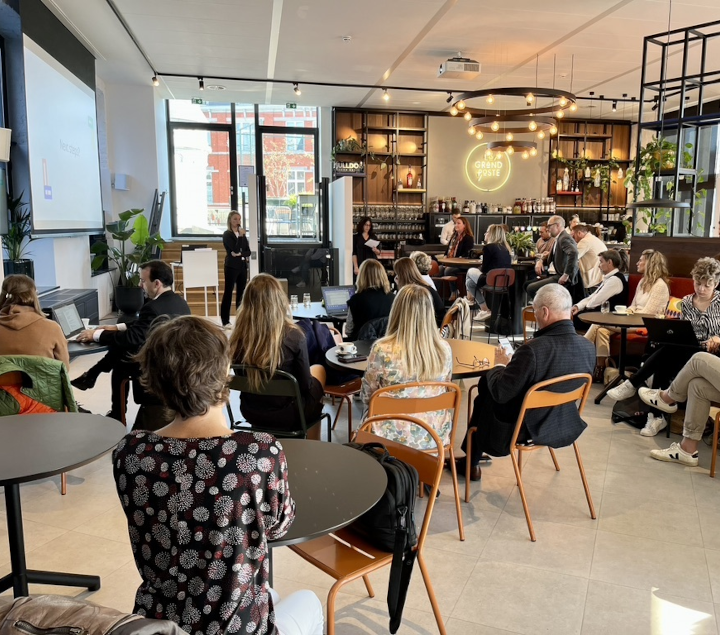
A territorial marketing day in Liège
Our colleagues from the Walloon association of public communicators, WB Com, organised a one-day event on territorial marketing on 22 September in the heart of a city undergoing major changes: Liège. Ten speakers added a very interesting forward-looking perspective to this meeting.
Everything had a touch of innovation about it, right down to the location at La Grande Poste, Liège’s former central post office, which hosts initiatives and startups across a range of smart, connected coworking spaces, combining heritage and new-world practicality. “Liège Together” opened and set the tone for the day. With innovative projects, local developments and major construction projects, the city of Liège and its surrounding area are undergoing a period of profound change that calls for a strong territorial marketing strategy built on a shared identity.
The small town of Visé then presented its more modest but equally interesting approach, spotlighting its desire to build a collective narrative, based on the accounts of its residents and stripped of ready-made formulas and preconceived ideas, to reveal what the town calls a “non-conscious identity”.
The Belgian network then invited the Cap’Com General Delegate to speak about the trends in local attractiveness in France. This was followed by a talk on tourism and territorial marketing entitled Complementary or Conflicting?, presented by the directors of the Explore Meuse tourist office.
Two other presentations, focusing on digital technology, closed the day. One of these was the presentation by the University of Liège entitled Liège Digital Twin: Welcome to a Virtual City. According to Roland Billen and Catherine Robert, “2022 will be a pivotal year because we will be developing the first incarnation of our digital twin”. This will give us the opportunity to really demonstrate the feasibility of this project, to develop our data models, the first 3D geographical models, and so on. It will be a full-scale virtual city presenting crossroads and pathways between various urban layers in a fluid and integrated way. This digital twin should provide management, communication and design facilities not only for the many trades directly involved in public services, but also for architecture, transport and fluid management, to name just some of those who were involved in smart cities ten years ago!
